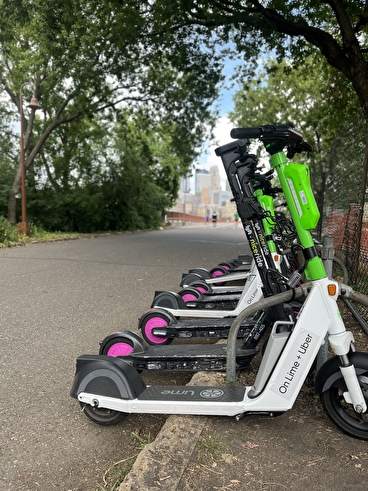Ride-hailing services such as Uber have changed how people move in urban areas. Several US transit agencies have begun to respond to this disruption by partnering with ride-hailing providers or subsidizing citizens’ use of them to cover the “last mile” of trips. It’s unclear, however, how access to ride-hailing services affects the demand for specific modes of public transit and what other factors—such as inclement weather—are involved.
